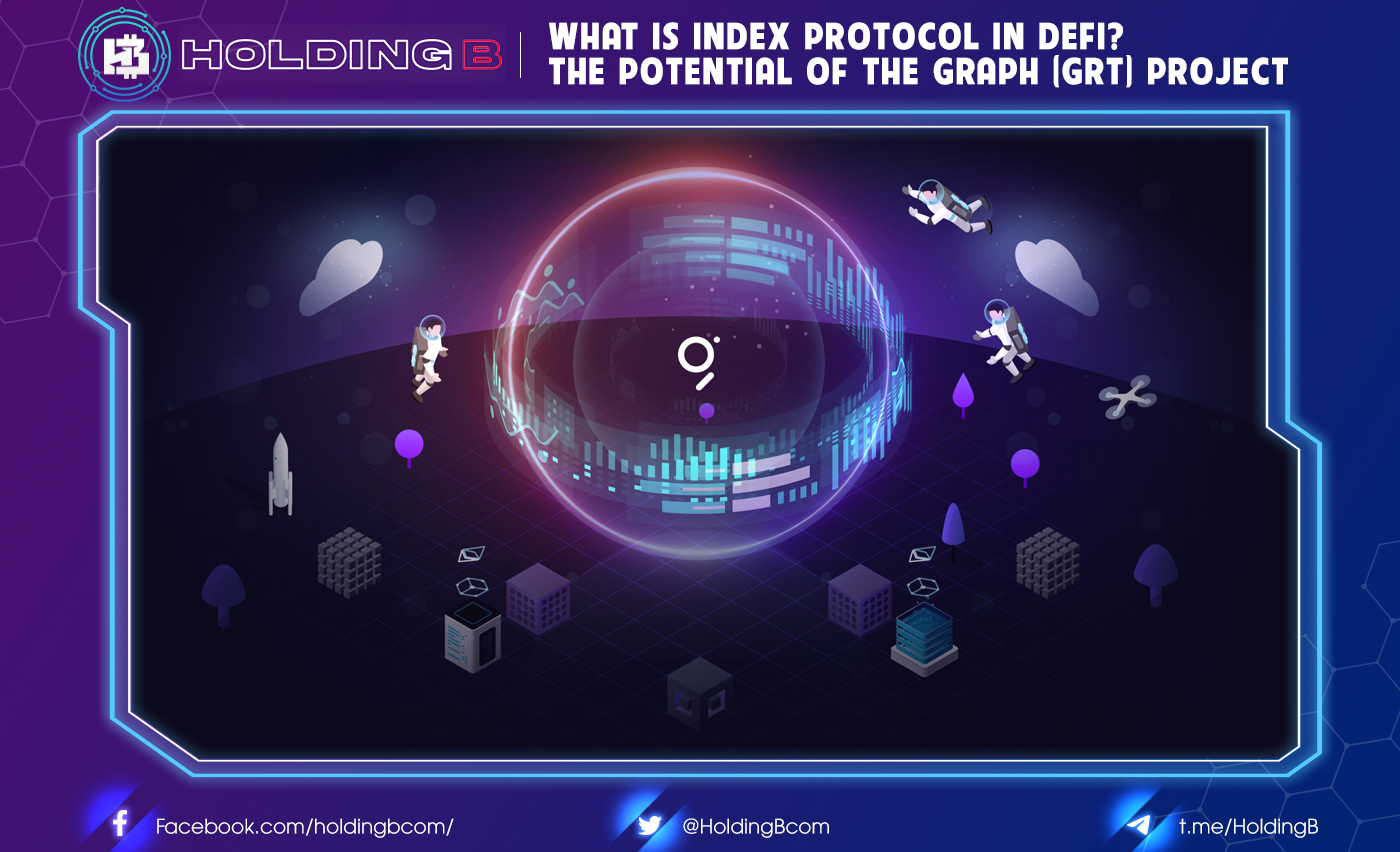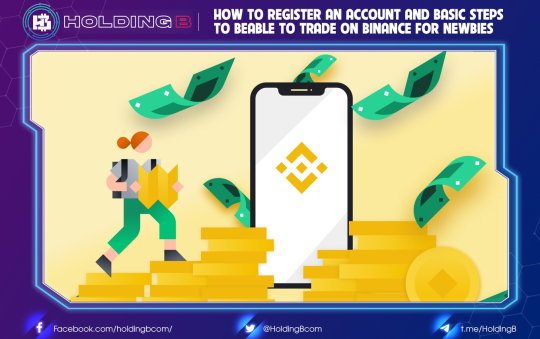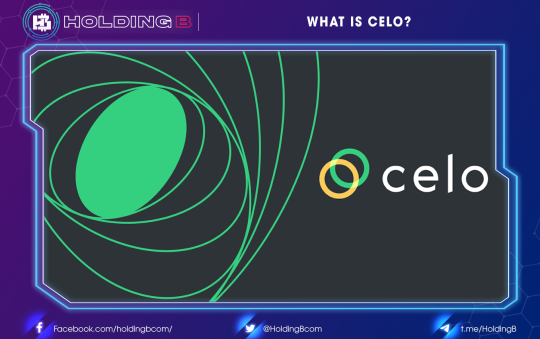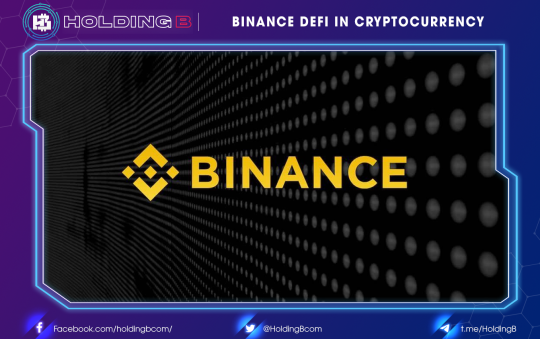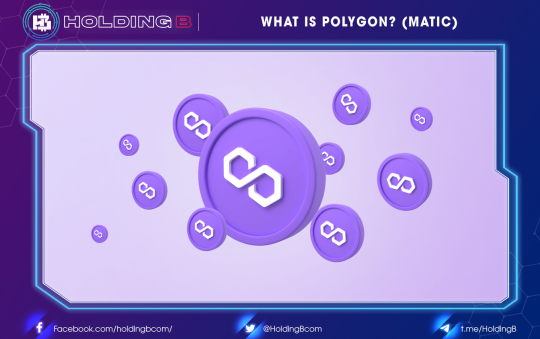With the development of blockchain technology industry and their application in practice increasing in Defi economy, the demand for aggregate query of data stored on blockchain also increases. Because of data storage technology Since Blockchain is like a distributed ledger that stores data, information about an entity will be scattered in many places, making it difficult to find information.
Index protocol was born with the aim of being able to do that in the fastest and most convenient way.
Let’s find out what it is and the leading application platform The Graph is currently in the field.
What is Index Protocol?
The Indexing Protocol is a protocol that helps query and aggregate data on the blockchain platform and provides data for decentralized applications (dApps).
What problem does Index Protocol solve?
Blockchain Indexing Protocol is a distributed indexing mechanism for organizing blockchain data. This protocol is used by applications to query open APIs in order to get data that has been indexed on the blockchain networks. Developers use blockchain indexing protocol to create serverless applications that run purely on public infrastructure. It enables the querying of data that is inaccessible directly. The indexing protocol organizes all the data on the Blockchain, allowing developers to conduct their frontend operations more effectively.
What is The Graph?
The Graph is an indexing protocol for querying networks like Ethereum and IPFS. Anyone can build and publish open APIs, called subgraphs, making data easily accessible.
The Graph is a data processing protocol for dApps that makes it easy for dApps to bring their services and applications to end users.
The Graph helps to increase the decentralization of Blockchain data processing by replacing the server model to store and collect intermediate data with a decentralized network of participants for processing and quality assurance. and transparency of data used by dApps.
*IPFS stands for Interplanetary File System, a peer-to-peer distributed file system that connects all computing devices together. More specifically, it will distribute stored data in the form of P2P (peer-to-peer) network .
*APIs (Application Programming Interface) are methods and protocols for connecting with other libraries and applications. API is a means for two or more applications to exchange and interact with each other, creating interactions between users and applications in a more convenient and efficient way.
*Subgraph is an intermediary entity between the application and the data. A protocol or application can create their own subgraph, in which they model parameters that are important to their operation. Indexers then begin to index this subgraph, collect the metrics identified in the subgraph, and begin to organize them.
Highlights of The Graph
- Applications use GraphQL to query open APIs called subgraphs, to retrieve data that is indexed on the network. With The Graph, developers can build serverless applications that run entirely on public infrastructure.
- All data is stored and processed on open networks with verifiable integrity. The Graph makes querying this data fast, reliable, and secure
- By combining web3 protocols, developers can build dapps with powerful new features for solving the world’s greatest challenges.
- The Graph is evolving to support and run data to be compatible on many different blockchain networks. Currently there are Ethereum, Solana, Avalanche, Sora
*GraphQL is an open source data manipulation and querying language for APIs, providing clients with an easy way to request exactly what they need, making API development easier over time.
How does it work?
The Graph understands what and how to index Ethereum information based on subgraph manifests. The subgraph information outlines the smart contracts that should be monitored for a subgraph, the events that should be monitored inside those contracts, and how event data should be mapped to data that The Graph will save in its database.
Once a subgraph manifest is created, you use the Graph CLI to save it in IPFS and instruct the indexer to begin indexing data for that subgraph. The processes that Flow Blockchain takes to index the queries are as follows:
The flow follows these steps:
- A decentralized application adds data to Ethereum through a transaction on a smart contract.
- The smart contract emits one or more events while processing the transaction.
- Graph Node continually scans Ethereum for new blocks and the data for your subgraph they may contain.
- Graph Node finds Ethereum events for your subgraph in these blocks and runs the mapping handlers you provided. The mapping is a WASM module that creates or updates the data entities that Graph Node stores in response to Ethereum events.
- The decentralized application queries the Graph Node for data indexed from the blockchain, using the node’s GraphQL endpoint. The Graph Node in turn translates the GraphQL queries into queries for its underlying data store in order to fetch this data, making use of the store’s indexing capabilities. The decentralized application displays this data in a rich UI for end-users, which they use to issue new transactions on Ethereum. The cycle repeats
Network The Graph Overview
Overview:
The Graph Network consists of Indexers, Curators and Delegators that provide services to the network, and serve data to Web3 applications. Consumers use the applications and consume the data.
The Graph’s network roles:
Indexers: Operate a node to index data and serve queries
Delegators:nSecure the network by delegating GRT to Indexers
Curators: Organize data by signaling on subgraphs
Developer: Create a subgraph or use existing subgraphs in a dapp
Products:
Subgraph Studio: is your place to build and create subgraphs, add metadata, and publish them to the new decentralized Explorer
Graph Explorer: is a decentralized portal into the world of subgraphs and network data. The Graph Explorer consists of multiple parts where you can interact with other subgraph developers, dapp developers, Curators, Indexers, and Delegators.
Hosted Service: is where you can create and explore subgraphs on the Hosted Service
Potential of The GraphH (GRT)
The GraphH has achieved many remarkable achievements such as providing data storage for current DeFi applications such as: Uniswap, Synthetix, AAVE, Moloch, Decentraland…
Open protocols will create transparency and opportunity, enabling anyone in the world to contribute their talents to a global economy. Project want to support this vision and help developers build the new coordination mechanisms of the internet age
The Graph is the flagship project of DeF’s Index protocol. Compared to the Google of Blockchain with querying and aggregating data for users, along with the current boom in Web 3, the Graph will certainly develop strongly in the future.
Information about GRT Token
GRT is a work token that is locked-up by protocol participants (Indexers, Curators, and Delegators) to provide indexing and curating services to the network. Active Indexers, Curators, and Delegators can earn income from the network proportional to the amount of work they perform and their GRT stake.
Consumers will be using a growing set of Indexers by paying for their metered usage using GRT. Indexers will be able to stake Graph tokens (GRT) to participate in the network and earn fees as well as inflation rewards for serving queries
Key Metrics OGN:
- Ticker: GRT
- Blockchain: Ethereum
- Token Standard: Native token
- Token type: ERC 20
- Circulating Supply: 4,715,735,200.00 GRT
- Total Supply: 10,000,000,000 GRT
Total GRT supply at mainnet launch will be 10 billion tokens, and new token issuance in the form of indexing rewards will begin at 3% annually and is subject to future independent technical governance.
Conclude
The above is information about a fairly important area in DeFi today, along with the upcoming web3 boom, surely this field of data analysis and synthesis is even more important.
Don’t forget to follow useful articles about Crypto Market from team Holding B !!!
- Telegram Channel: https://t.me/HoldingBcom
- Telegram Group: https://t.me/HoldingB
- Website: https://holdingb.com/
- Twitter: https://twitter.com/HoldingBcom
- Facebook: https://www.facebook.com/holdingbcom

